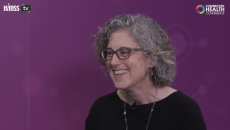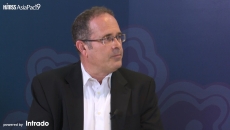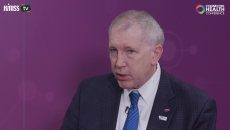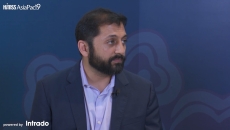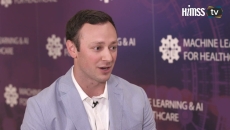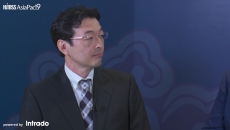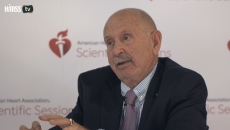Videos
Like adulthood and childhood, "elderhood" is a phase of life that includes different stages, but older adults live in a world where they are invisible, says Dr. Louise Aronson, professor of geriatrics at UCSF.
CardioLync is breaking down information silos to help clinicians and patients make informed decisions for better outcomes and minimize potential for harm, says CEO Jeremy Kagan.
We have to rethink the controls, technology and tools we use and then scale into workflows to optimize for accuracy, says Michael Coates, co-founder and CEO of Altitude Networks.
Conveying compassion, or "digital empathy," is possible through such innovative technologies as virtual coaching and chatbots – if consumers trust the healthcare source, says John Sharp, Personal Connected Health Alliance at HIMSS.
There are certain features and offerings that third-party vendors need to have to minimize risk, according to Jigar Kadakia, chief information security and privacy officer at Partners HealthCare, and Ed Gaudet, CEO at Censinet.
Healthcare organizations around the globe should be developing innovation strategies and adopting new technologies to survive in a value-based world, says Healthbox President Neil Patel.
Joseph Dorocak, manager of population health analytics at Cleveland Clinic, says the health system puts AI to work for two intertwined aims: better patient outcomes and financial return.
Tohoku University's Dr. Masaharu Nakayama talks about how his group was able to withstand the disruption of Japan's 2011 earthquake and why that level of resilience is difficult to maintain.
When driving digital transformation in the clinical workforce, don't forget the human impact, says Dr. Mohammad Al Redha, director of health data and information analysis at Dubai Health Authority.
Dennis Robbins, a member of the AHA's Health Tech Advisory Group, describes the types of technologies he's excited to see and the challenges of separating effective innovations from the chaff.
